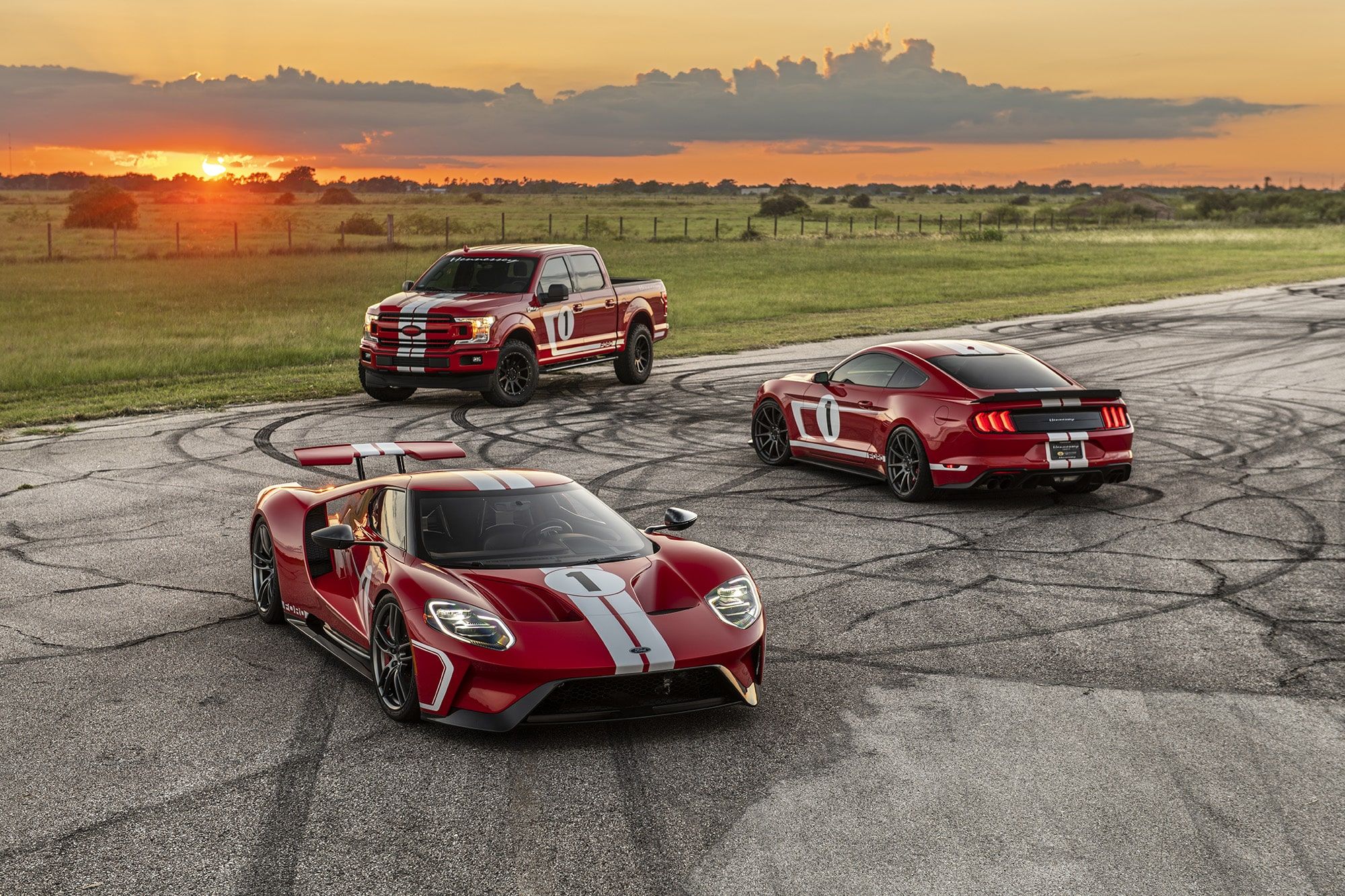
It seems a new manufacturer (rightly) jumps on the electrified bandwagon every day. Jaguar has promised to electrify its fleet, Audi is taking its bread-and-butter A4 and A5 are adding volts and Volkswagen, well, you know what it did. But right now, it seems like we're at polar ends as enthusiasts.
There are cheaper hybrid and electric vehicles like the Toyota Prius and VW ID.4, and then insane electric supercars like the Porsche Taycan and McLaren P1. But in a decade or two, when the kids are driving used Nissan Leafs and Toyota Priuses and Chevy Bolts, what will they be able to do improve performance, beyond tires and suspension?
And before you judge this as out of hand, let us remind you that the fastest cars in the world, Formula 1, World Endurance, Formula E race cars, are already using hybrid propulsion. Oh, and the Pike's Peak record holder? Also an EV.
A combustion engine uses fuel, air and spark to make power. By adding more air or fuel, you can make more power. Electric motors are obviously different.
With an EV or a hybrid you still have two choices, more current or more magnetic force. You can increase the size of the motor with bigger, stronger magnets, or increase the size of the battery with more electrical output. Either will increase the output of the motor.
In a hybrid, which uses both an internal combustion engine and an electric motor, you need to improve at least one of those to get more power. TDI Tuning (not just for Volkswagen diesels) focuses on the engines.
"That's not to say we can't do it, but, it's not as simple as adding a turbocharger or putting a tuning box on it. Sophisticated computer systems control the electric aspect of a hybrid vehicle. Installing a small microchip that overrides the current settings would, in theory, make the car faster," says the TDI website.
"This is the same process as remapping an ECU, adjusting the settings to improve power output. The adjusted microchip would decrease the longevity of the battery system. Tuning the battery would be time consuming and make irreversible changes to the car. It's for these reasons, we don't tune that part."
That battery is an issue here. California requires all partial zero-emissions vehicles to carry a 10-year/150,000-mile warranty on the battery, so if a tuner wants to keep the warranty intact there are additional hurdles to overcome.
Bigger batteries, or ones that discharge faster, produce more power. The problems start with cooling, the faster the discharge, the hotter they get. Formula E Race teams use dry ice to cool the batteries during races. Faster discharge also leads to a shorter life. When the power goes to the motor, there are more limitations. When you spin the motor faster it makes more heat. Additionally, as the motor spins faster, sometimes up to 20,000 rpm, the g-forces increase and the rotor at the center expands, which needs to be accounted for.
All these reasons make hybrid tuning more difficult that standard tuning. Yet it is coming, even from gas-slurping, tarmac-warping tuners like Hennessey Performance, who specializes in taking supercars and making them, well, more super.
"We're certainly interested in the future potential for electrification in its various forms, we have some exciting plans to bring the Hennessey ethos to the electric vehicle world that we'll reveal in due course," said owner John Hennessey to CarBuzz. "Our R&D team has already had the Porsche Taycan in the workshop and we have a Tesla Model S Plaid Plus on order for evaluation later in the year."
Of course, Hennessey won't give up on what made him famous.
"Right now, we're totally focused on our Venom F5 hypercar and current range of Hennessey Performance vehicles, but in the future, a logical step is to introduce electrified powertrains."
Even Nissan, speaking about its e-power EV technology, admitted that it will be given more performance to suit our tastes. "It's really giving you a very strong feel of an EV-very strong acceleration," Ivan Espinosa, Nissan's corporate VP for global product strategy said to Green Car Reports. "This is something that American buyers want, and that's why we are very interested in exploring this technology for the US market."
So, while you won't be able to get your Prius to run 9s in the quarter-mile anytime soon, enthusiasts will find a way. Whether that's the big guys like Hennessey, the even bigger guys like Nissan, or the shade tree mechanics, more power is coming to your fuel-sipping hybrids and EVs.

